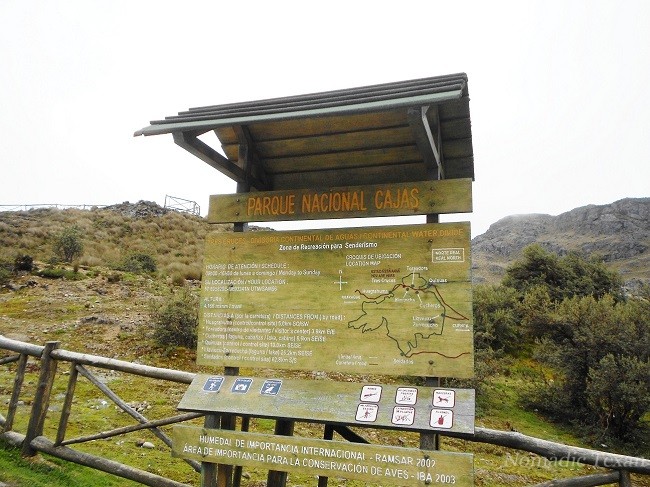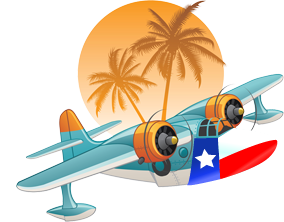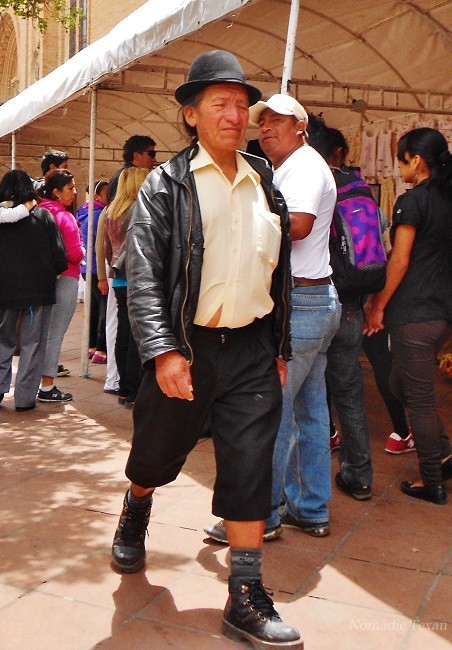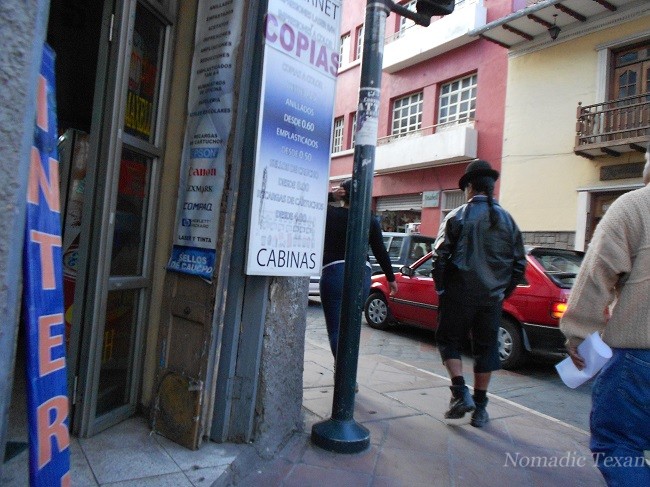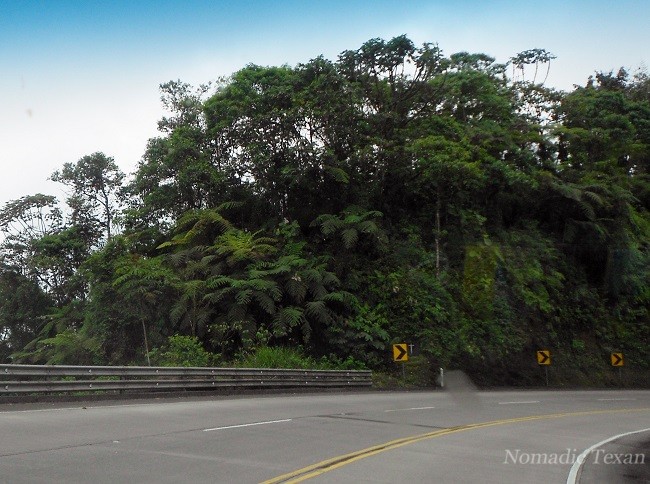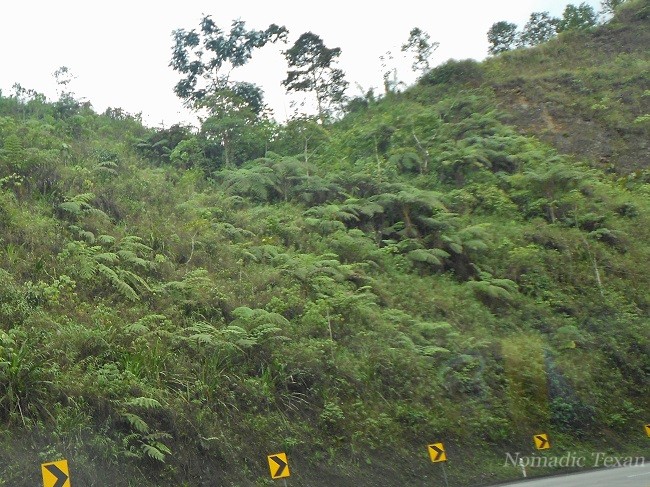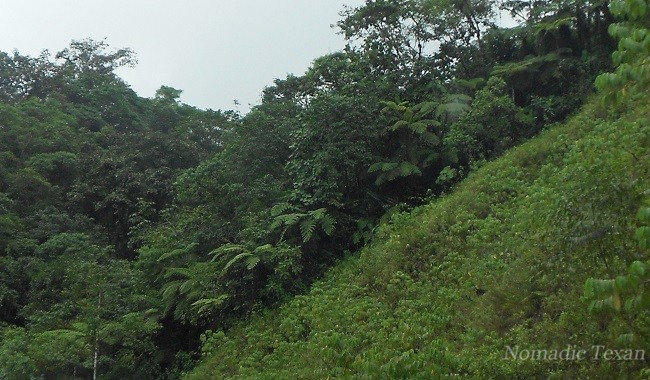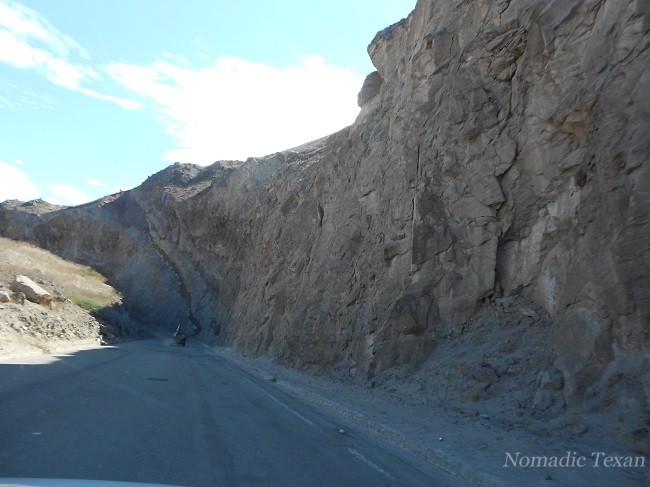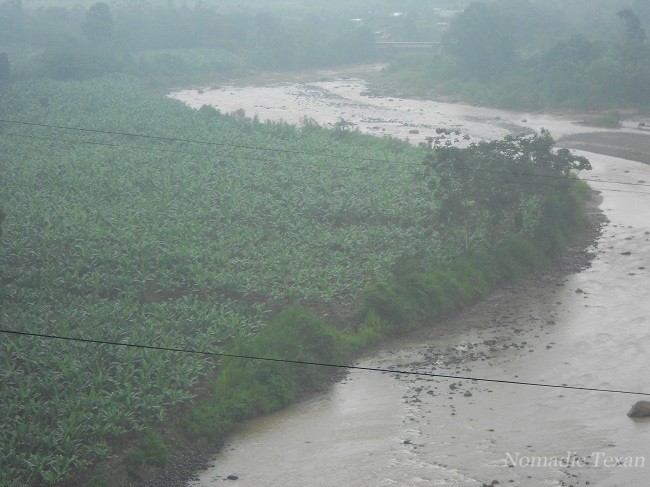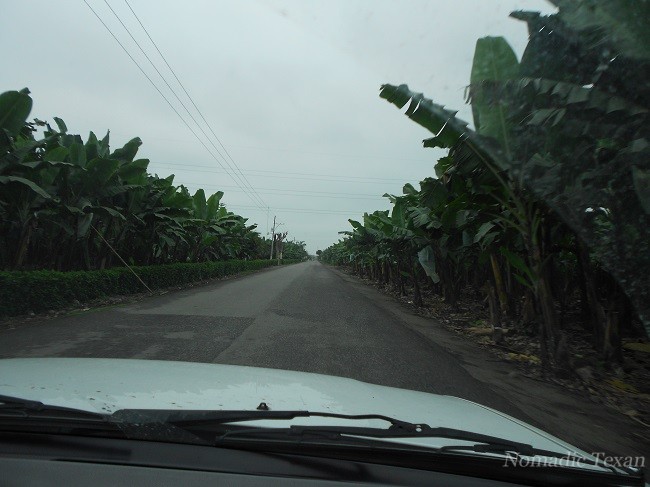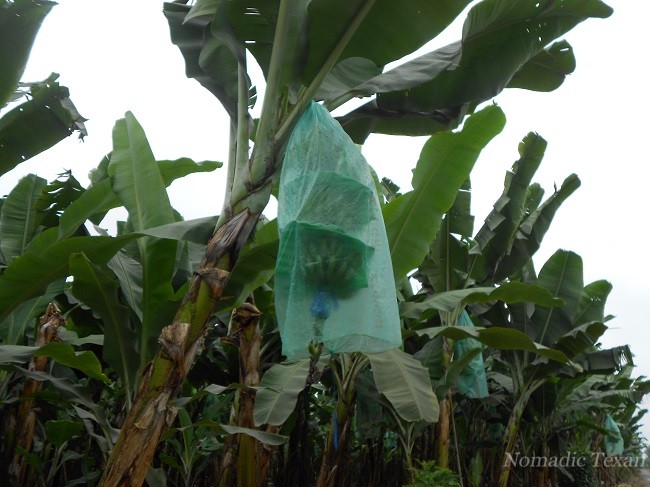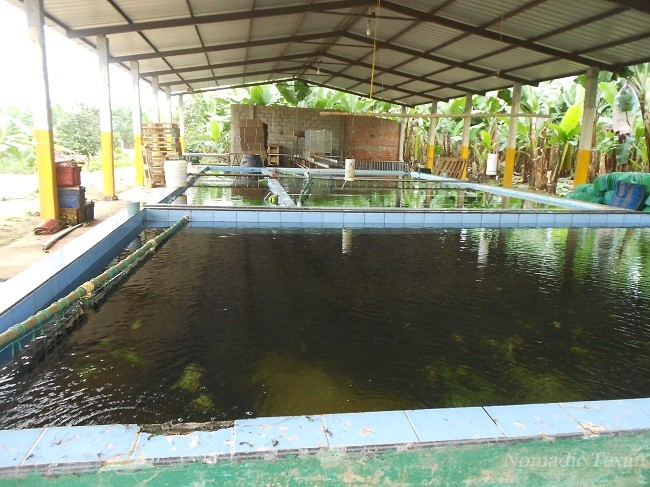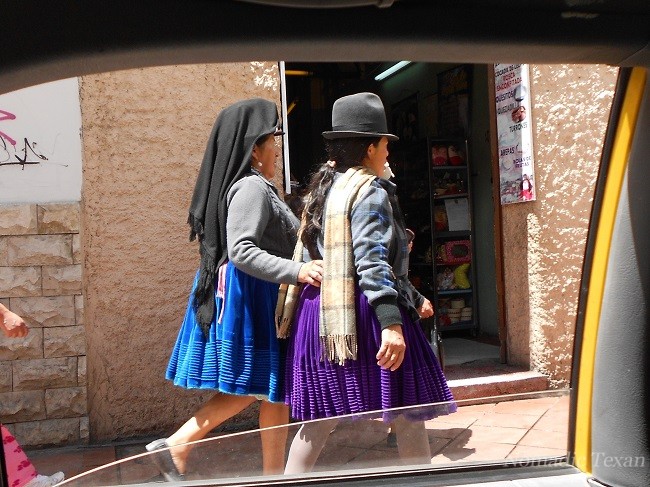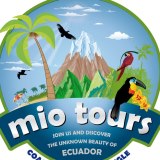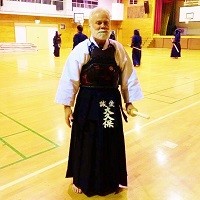Every time I visit Ecuador I fly into Guayaquil and stay over night. There are no “direct” flights to Cuenca from current airline operations. I can either fly back to Quito spend the night and then fly into Cuenca or I can stay overnight and take a shuttle to Cuenca the next day. At my age the Quito route is about 25 hours total and too taxing on my body. So I opt for the shuttle from Guayaquil. Besides, I would miss all the gorgeous scenery if I flew into Cuenca.
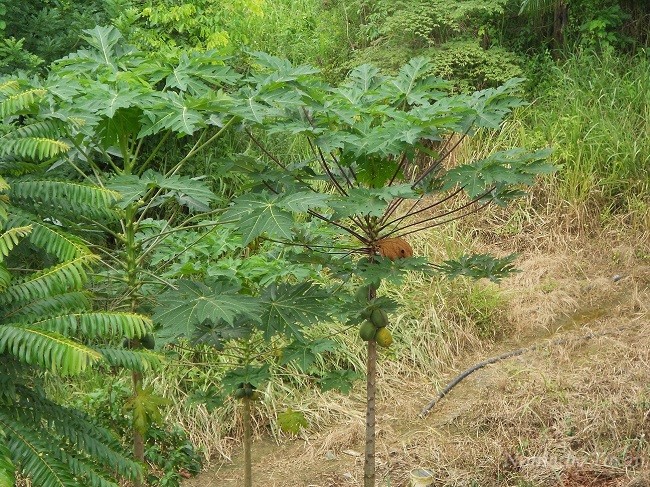
Mangoes Growing Beside the Road
I always know that I can count on my friends at Mio Tours to insure my safety and guaranteed arrival. Lately some of the more illegal shuttle companies have been falling into trouble with the government militia, as they are not official and have not secured the appropriate licenses to transport individuals along this route. I would caution you to investigate this issue and make sure your shuttle service is licensed. Other wise you just might be stranded alongside the road, as a few tourists have been lately.
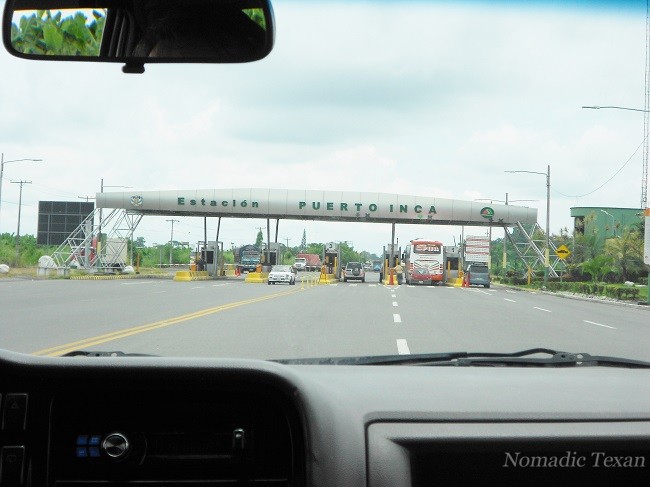
Toll Booths at Puerto Inca
The road is nice and there are a few tolls, but you go from sea level basically to a high of about 13,000 feet in the Cajas National Park. Along the way you pass many items of interest. The current road is great, but the Ecuadorian Government is widening the road to four lanes and it will be a smooth ride from Guayaquil. We usually obtain lunch in Puerto Inca about and hour into the ride and the special is $3.00 per person.
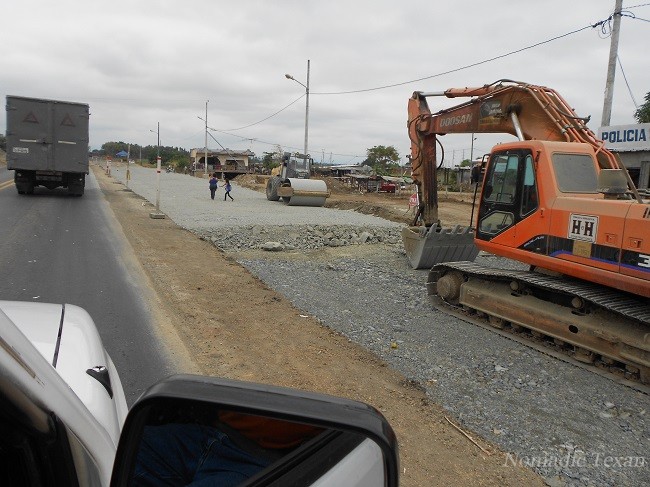
Government is Improving the Highway & making it Four Lane Like an Interstate in the US
You pass through many small towns that have various methods of shuttling their population around and one can only guess what the experience is like. Unless you have been to Asia and are familiar with the Tuk Tuks, then you are very acquainted with this system. The taxis vary in color and structure, but are usually built in the same manner and have the same open door look for passengers, with a motorbike front for the driver.
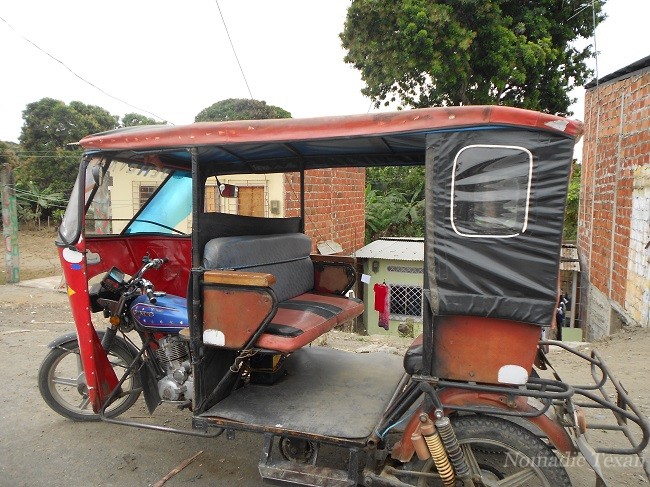
Tuk Tuk Like Taxi in Rural Area Towns
As you move into the more remote areas you see a different style of taxi as pictured below. They run around the countryside on motorbikes and shuttle the locals back and forth to their homes along the dirt roads. It is difficult for me to imagine there is enough business for this many “taxis”, but apparently its a lucrative operation.
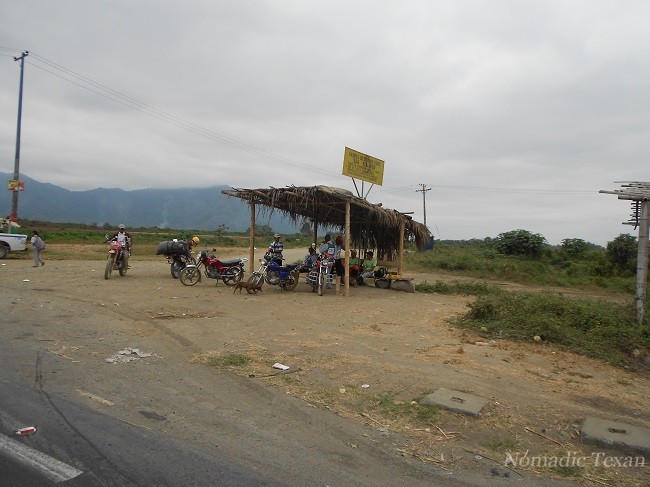
A Form of Taxi for the Locals at the Base of the Andes in the Country
You also find open fish markets where the locals buy their fresh catch. The fish are transported from the coast and made available to the locals for a reasonable price. It is a very unique approach and has been the same for all the years I have visited Ecuador. I just would like to see a little ice under the fish for safekeeping.
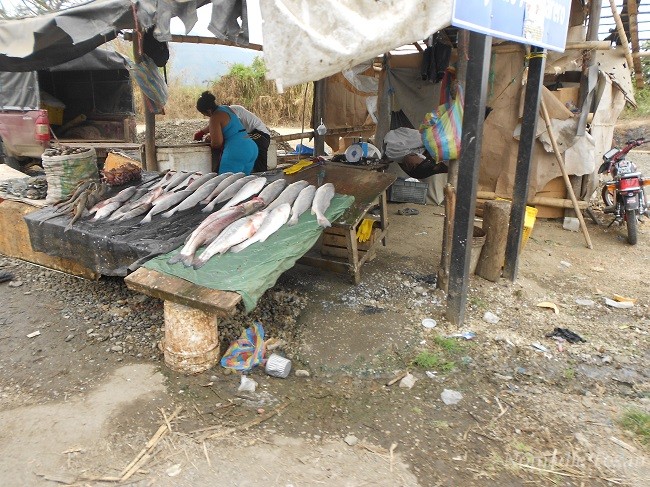
Local Rural Fish Market
We always stop at several random spots so that I can take photos and this one is a reflection of the valley below and the cloud structure that covers Guayaquil at higher elevations. One begins the ascension and starts to have indications of altitude by ears popping, etc. The vehicle struggles a little more and doesn’t have the same get up and go as it does at sea level, but it is more than adequate to navigate the Andes. After you rise above the clouds (yes that is at a very high elevation) the view is magnificent and the skies are clear. Many photo opportunities exist at this altitude and the guides from Mio Tours always stop when I ask to take photos or if I need a bathroom break.
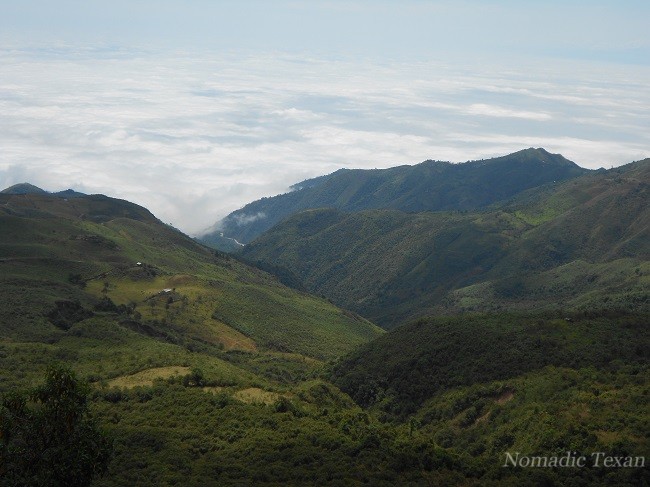
Looking Out Over Guayaquil
As you hit the continental divide in Cajas National Park, you know its all downhill from there and you will be in Cuenca within an hour. The anticipation starts to rise and my thoughts increase as the wonderful city approaches. I am and always will be, totally in love with this city, its people, its culture and its lovely food. The great thing about driving is it gives you three and a half hours to prepare yourself and anticipate how wonderful it is to be in Cuenca. I wouldn’t have it any other way!
